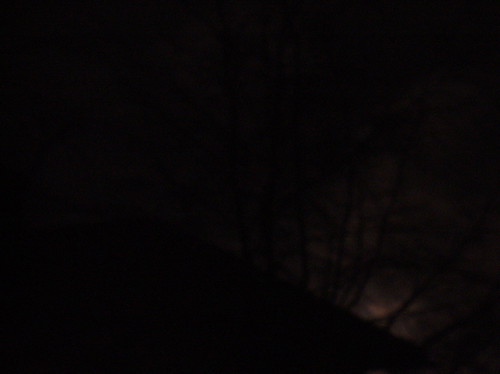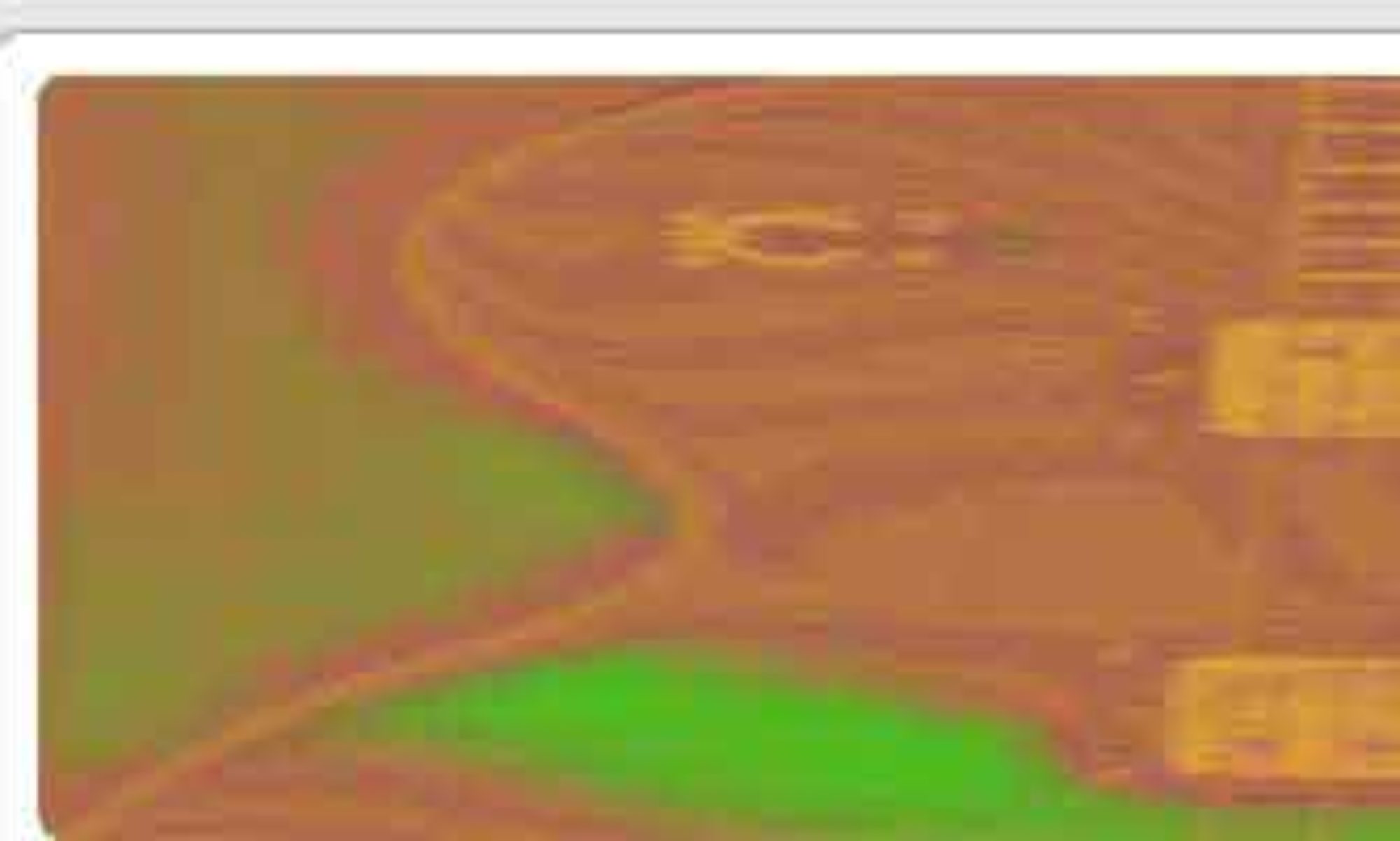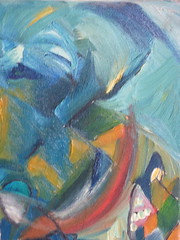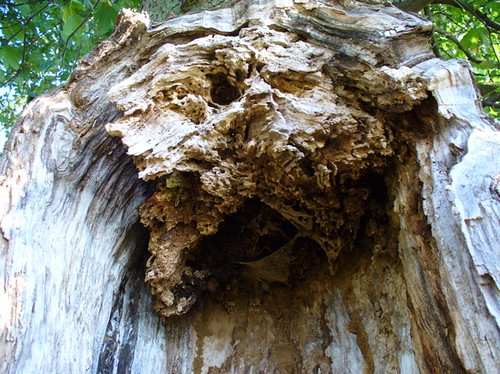[audio:McL.mp3]
It didn’t happen for the first time: I fell in love with a music nobody else around me seemed to be able to appreciate. Except for my friend Hans, with whom I grew up musically, and who influenced me to no end. But that’s just another story, and Hans has disappeared from my life anyway.
I’m talking about the album “Devotion” by John Mclaughlin, and this happened decades ago. Typically, “Devotion”, not much of a success at the time, wasn’t even much appreciated by the artist himself later on. He talked about the loveless way “Devotion” was produced, and he certainly could have imagined to make it much better. But there’s just one album like that for me – that kind of music I never encountered again. Not even on the other albums of this great guitar player, who had much more success forming the Mahavishnu Orchestra, right after the time we are talking about.
What’s so singular about “Devotion”, recorded in 1970?
First: the players. On drums: Buddy Miles, who had played with Jimi Hendrix as a part of the “Band of Gypsies”. From the moment I got to know this music, I liked his drumming much better than that of the regular Hendrix drummer, and it occurred to me that the Jimi Hendrix Experience should have always been like that. He provides a strong, driving yet sensible beat. (He has been a Soul singer afterwards, but I miss his very specific strength there.)
On Hammond organ: Larry Young, simply a wizard on this instrument, producing one eerie or sparkling sound after the other to add an extraterrestrial aura to the group sound. Definitely my favorite player of this instrument!
On bass: Billy Rich, whom I still do only know by this record. But he is an integral part of the sound, playing beautiful melodies like the others while keeping the groove. His feel for dynamics makes way for the quartet climbing up to the clouds, as I feel it when listening.
There are no vocals on the album, usually being labeled as an early form of “Fusion”, a mixture of Jazz and Rock elements. But there is a unique guitar sound on multilayered tracks. Which makes me come back to my point:
In some way or another, this album influenced me like only “Bitches Brew” by Miles Davis, or the Late String Quartets by Beethoven could.
When I read the book “Zen Guitar” (go to “The Psychedelic Zen Guitar Story” Page of my blog to know more about it), the first advice I got was: go back to the original sound that made you play your instrument! Go back to where it all began. Try to search for the sound of the divine spark within us all. The sound of one hand clapping (to understand this very important Koan, please read the book!).
After having indulged in Santana’s use of the Gibson SG on the first Santana albums, I proceeded to Classical Rock guitar sounds in general, like the Les Paul and the Stratocaster. I began to experiment with tube amplifiers, trying to build up on my father’s profession as a Audio technician. Before his death, he was really into tube amps. I sometimes wish I could have adopted more of his skills when he was still alive…
This taking me already several years, I only recently arrived at the guitar sound of the “Devotion” album. Guess what?
John McLaughlin played a psychedelically painted Jaguar these days.
I’m certainly far from playing like John McLaughlin, and I certainly don’t even try to imitate him. But listening to the improvisation above I can hear his influence, while my only intention has been to capture the sound of the Jaguar. Except for one short part that is a direct quote from one of the album’s tracks.
So now I’m all Devotion to heavenly sounds as well as to a creator who carried me so close to them, letting me dwell in the creation of music who’s seeds were sown such a long time ago.
guitar & gear: the “olympic white” dream below plus a 1967 Vox AC 30 (lent by Thomas), and Tube Reverb









